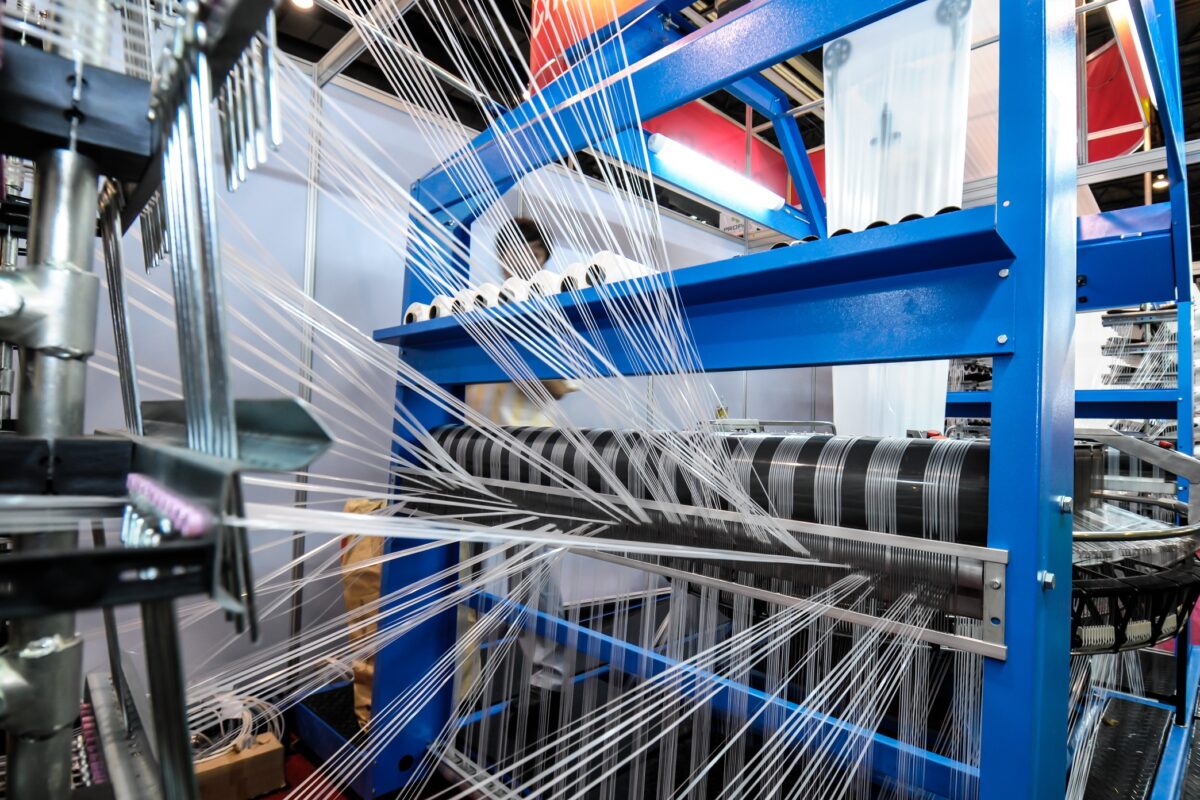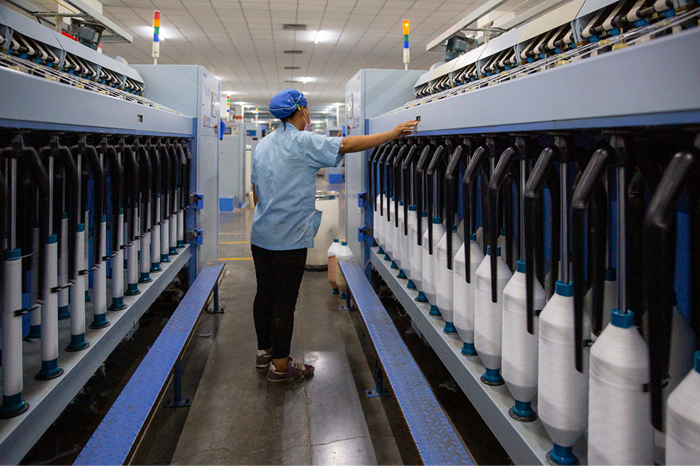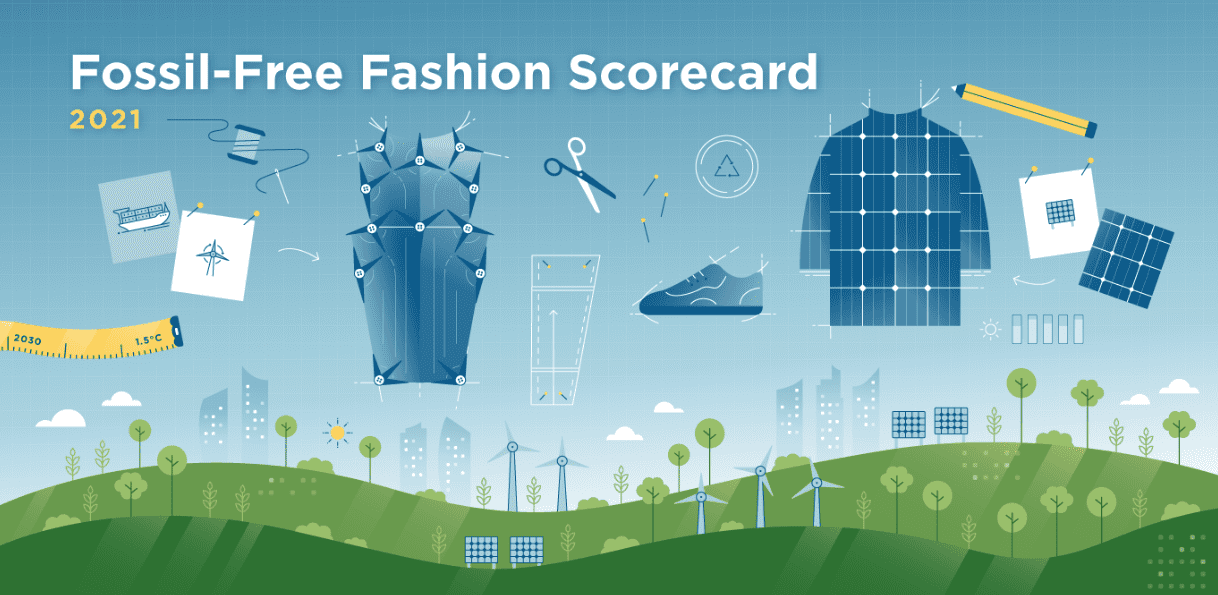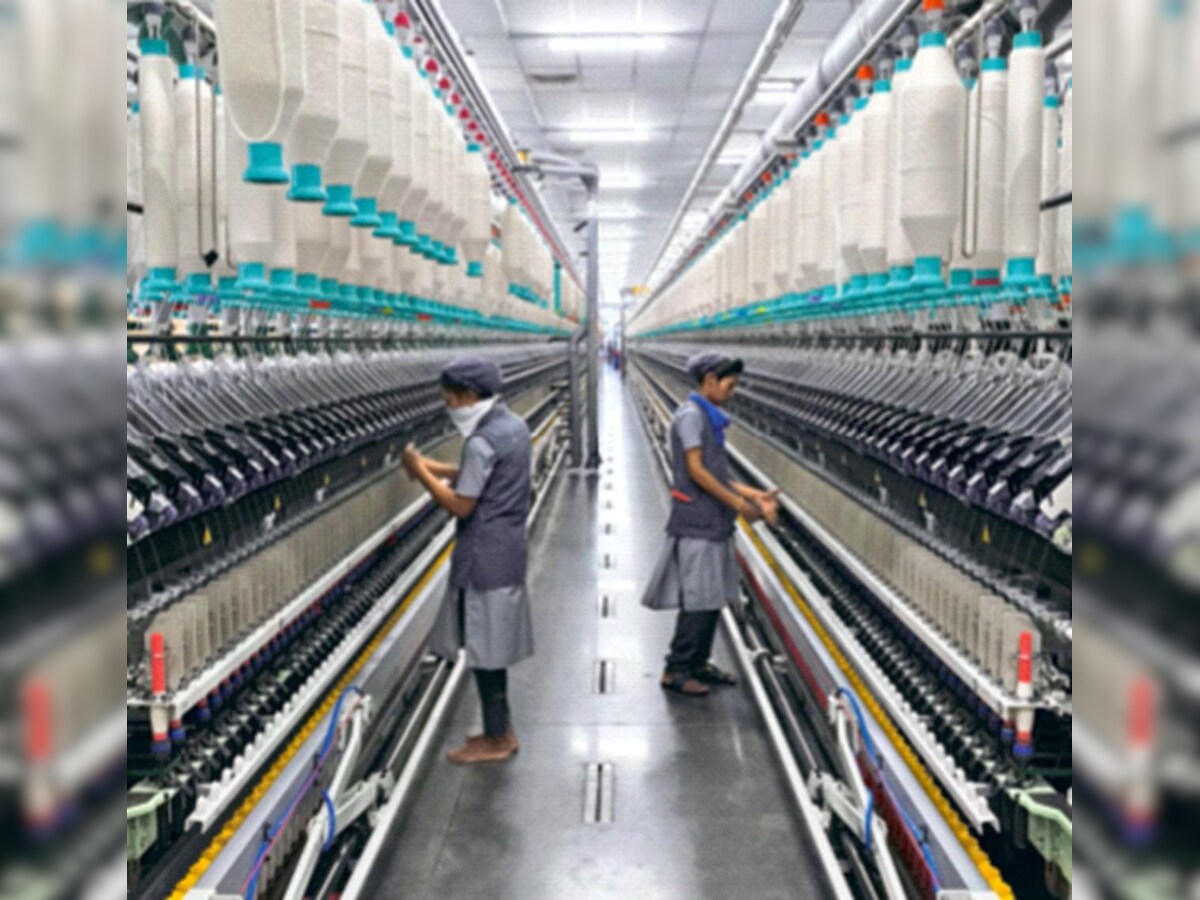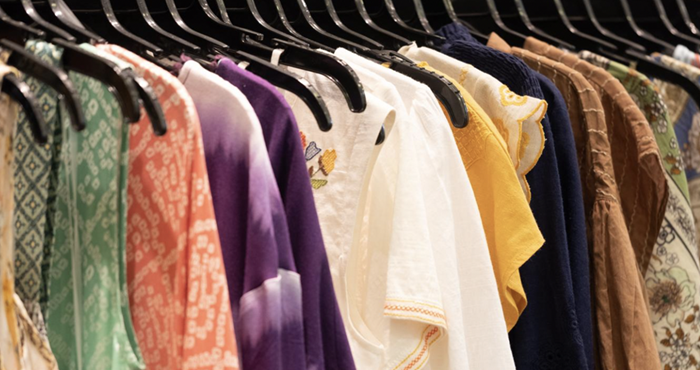FW
At the International Labor Conference (ILC), Clean Clothes Campaign will call upon the representatives of governments, employers’ and workers’ organizations from 187 member states to establish institutional and enforcement frameworks that enable effective remedy after disasters and prevention of disasters in global supply chains. For the first time in the long history of the ILC, global supply chain issues are a main focus of the conference and follow the work of the Committee on Decent Work in Global Supply Chains with heightened interest.
Clean Clothes Campaign is represented at the conference by a delegation of trade unionists and labor activists from Europe and Asia. The delegation will use its presence at the conference to emphasize the need for an institutional framework for remedy and prevention that can be scaled up to an enforceable solution. On the opening day, Clean Clothes Campaign will address these concerns in a short plenary speech.
At the ILC, the Clean Clothes Campaign will reiterate that it is demonstrably not sufficient to just bring supply chain actors together in a dialogue and rely on their collective ability to take action. The campaign knocks on the door of the International Labor Organization to become involved in overcoming the weaknesses of non-binding initiatives and to enhance collaboration and transparency among the industry partners.
The Bangladeshi apparel makers expected that the upcoming FY 2016-17 Budget would be investment-friendly and people-oriented that would help create employment for all levels of workforce, both skilled and unskilled. According to them about 2 million jobseekers are coming to the market every year. Out of that, only six lakh are getting jobs, though CPD research claimed seven lakh are being provided with jobs each year.
The country’s RMG industry has now got a new journey following the remediation of the factory buildings as per the recommendations of the Accord on Fire and Building Safety and the Alliance for Bangladesh Workers Safety – the two platforms of North American and European retailers and brands. The government also conducted the same task in bringing improvement at the work places.
According to RMG leaders, the remediation process is going on at factories, and they need huge investment to be compliant. Each factory requires up to Tk 1 crore to Tk 5 crore as additional investment for remediation. At the same time, the apparel makers are investing in setting up green factories, and so far 29 have been certified as green factories, while 130 are registered with USGBC for establishing green factories, observed Md Siddiqur Rahman, President of the Bangladesh Garment Manufacturers and Exporters Association (BGMEA).
The BGMEA president said that a total of 618 RMG units have been closed, while another 319 are at the edge of closure for losing competitiveness and other challenges, talking on present condition of the apparel sector.
"China’s underwear market was worth RMB167.2 billion (about $25.5 billion) in 2015, up from RMB101.6 billion ($15.5 billion) in 2010, an increase of 65 per cent, according to Mintel. For women’s lingerie (defined as women’s underwear, shape wear and nightwear), the boom was even bigger: sales almost doubled from RMB59 billion ($9 billion) to RMB117.6 billion ($17.9 billion) over the same period, at a CAGR of 14.8 per cent. As a result, international lingerie brands are moving fast to reveal the business opportunity underneath consumers’ clothes."

Boosted by shifts in consumer behaviour, an under-penetrated and highly fragmented market; lingerie in China is proving to be a bright spot for international brands. China’s underwear market was worth RMB167.2 billion (about $25.5 billion) in 2015, up from RMB101.6 billion ($15.5 billion) in 2010, an increase of 65 per cent, according to Mintel. For women’s lingerie (defined as women’s underwear, shape wear and nightwear), the boom was even bigger: sales almost doubled from RMB59 billion ($9 billion) to RMB117.6 billion ($17.9 billion) over the same period, at a CAGR of 14.8 per cent. As a result, international lingerie brands are moving fast to reveal the business opportunity underneath consumers’ clothes.

In 2007, Italian lingerie label La Perla moved into China and now has 14 stores across Mainland China and Hong Kong. La Perla, which also sells loungewear, beachwear and men's, and presents its 'Atelier' collection of underwear-as-outerwear at Paris Couture Week, has 34 points of sale across Asia, but mainland China is leading their retail strategy in Asia, says Chiara Scaglia, chief executive officer of La Perla Asia. Last year, La Perla's sales in the region grew by 40 per cent.
Changing consumer tastes
Chinese consumers favoured visible, logo-heavy luxury goods like handbags or watches over discreet high-end items like lingerie a few years back. But maturing consumers tastes are eroding the appeal of flashy luxury products. The government’s corruption crackdown may also have worked in lingerie brands’ favour, by making it less acceptable to be seen sporting designer goods. High-end items like La Perla’s $1,400 sheer bodysuits and Agent Provocateur’s $900 lace corsets fit the bill for consumers who want to indulge in luxury goods but not overdress.
International lingerie players are relatively new to the market compared to ready-to-wear or accessories brands - a fact that is buoying sales while spending slows in other luxury categories. By virtue of being hidden from view, lingerie is also less tied to trends and less prone to brand fatigue - both of which may prove advantageous in weathering uncertain economic conditions in the Chinese market.
Analysts believe China’s lingerie opportunity is just warming up. Domestic lingerie brands like Gujin are launching higher-end lines, and as consumers trade up from mass to luxury brands, the women's lingerie market will increase in value by 55 to 60 per cent from 2015 to 2020 - outpacing the overall underwear market, which will to grow by just under 50 per cent, predicts Matthew Crabbe, Mintel’s director of research for Asia-Pacific. Chinese consumers, he says, are becoming more willing to invest not just in looking good on the surface, but also in buying higher quality, and especially imported, underwear.
Fragmented market

The fragmented nature of China’s overall underwear market - no brand has more than a 4 per cent market share, and the top five brands by market share are Chinese - also presents an opportunity to international players, including mid-market brands like Princesse Tam-Tam and Victoria’s Secret. Having tested the waters with beauty and accessories stores in China last year, Victoria’s Secret will open its first full flagship in Shanghai before the end of the year (the L Brands-owned brand has reportedly held back on adding underwear to stores, while it observes local tastes and sizing).
Meanwhile, Jorge Martin, project manager for apparel and footwear at Euromonitor International, forecasts total women’s underwear sales in China to increase by a CAGR of 7 per cent over the next five years, driven by rising disposable incomes and international brands expanding into second- and third-tier cities.
High-end brands are also moving fast. China is one of the main growth drivers globally and I believe that we still have significant potential to expand, according to Chiara Scaglia, who predicts La Perla's introduction of accessories such as bags, shoes and eyewear will be met with increased interest in the region. This year, the brand focuses on maximising the performance of its current China stores, before opening another one or two in 2017.
Agent Provocateur, whose largest market is the US, followed by Europe and Russia, plans to double its store count in China over the next three years and has begun to assess a China e-commerce launch, which Malverdi calls a ‘huge opportunity.’ (Currently, the brand does not sell online in China, either on its own website or through other online stockists).
According to him, the challenge will be moving into second-tier cities, where more localisation and marketing may be required (the brand currently does not advertise in the region). The other big challenge is after the novelty of the brand's presence on the market wears off, adds Marshal Cohen, chief industry analyst at The NPD Group, of international lingerie labels. How well the brand will sustain its position in China will be a key indication of its true strength there, he concluded.
Dependence on borrowed technology, lack of continuous and sustained R&D initiatives have kept India’s domestic textile machinery far behind. For financial year 2014-15, the production value of mainstream textile machinery, accessories, spares and consumables improved only by three per cent. The industry has since struggled to sustain momentum, and is on a flat growth path despite the continuation of capex-inducing concessional subsidy based schemes such as TUFS.
The lackluster performance after financial year 2014 was mainly due to the hit taken by the overall synthetic filament yarn industry, which accounts for 10 per cent of all textile machinery output. In addition, the synthetic and man-made fiber sector is plagued with overcapacity situations. This excess capacity situation, owing mainly to the slowdown in the demand for synthetic textiles, has impacted investments and thus take-off for textile machinery, despite availability of concessional schemes to boost capex via new projects. The scenario is not likely to change in the near future due to continued weak demand for textiles.
The only ray of hope is the successful run enjoyed by the cotton and spun yarn spinning mill machinery. This has been solely due to the capability of the spinning machinery segment to meet demand. Favorable and special textile policies have played a pivotal role in mobilising new investment in cotton or spun yarn mill projects. As a result, the domestic production of cotton or yarn spinning machinery has become the strongest link in the machinery value chain, accounting for almost 50 per cent of textile machinery production.
SPINEXPO Paris organised by independent textile specialists to presents an international top level offer in the field of fibers, yarns for knitting, circular knit and weaving (fabrics and upholstery), socks, laces, labels and technical textiles. The goal of the upcoming event is to bring together spinners and knitwear manufacturers, who invest in innovation and have become the most effective suppliers of US and EU brands to Paris.
This edition, SPINEXPO will present Autumn/Winter 2017-18 collection of trends for designers and manufacturers to look for ideas and inspirations for their next products.
The event is also introducing a selective international offer from the leading mills in spinning and knitwear manufacturing. Among the exhibitors will be a leading spinning specialist Consinee Group and a knitwear manufacturer Hong Kong Sales.
The group has been supported by the latest and the most advanced automatic equipment since 1999. Based on the joint intelligence of Chinese and international senior engineers, Consinee is dedicated to making a high quality yarn and has become an integrated group in the dyeing and spinning of woollen, worsted, semi-worsted and fancy yarns, as well as high quality fabrics and import-export business.
SPINEXPO will be held from July 6-7 at Cite de la Mode, in Paris.
South Korea and Ethiopia are looking to boost political and economic ties. South Korean companies are trying to make inroads into Ethiopia’s market. Ethiopia is pushing to create a textile industrial complex for South Korean companies and is considering a move to offer tax benefits to South Korean textile companies to attract investment.
The two countries are expected to sign a double taxation avoidance pact that could facilitate South Korean companies’ investments in Ethiopia as the deal could reduce tax burden on South Korean companies.
South Korea feels its textile companies can export intermediate goods that can be made into finished products in Ethiopia. These goods can be shipped to the United States and the European Union without tariffs, a move that could offer a competitive edge to South Korean companies.
Youngone Corporation, a South Korean textile and footwear manufacturer, is ready to invest in the apparel and textile manufacturing industries of Ethiopia. The corporation wishes to invest hugely in Ethiopia for it sees textile as its gateway to Ethiopia’s market.
Youngone may lure other South Korean textile manufacturers to Ethiopia. South Korea has provision for a 500 million loan dollar to Ethiopia from 2016 to 2018.
Khadi and village industries, which manufactures in addition to fabric and garment products ranging from honey to soaps and food to handicrafts, are clocking a double-digit growth.
Sales of khadi and village industries shot up by over 14 per cent to Rs 36,425 crores during 2015-16, while India’s top FMCG players reported a much lower sales growth.
Unlike FMCG firms that rely on their own plants for production, khadi and village industries products are manufactured by seven lakh privately-owned household units.
These units are funded through schemes such as the PM’s Employment Generation Program. A small part of the produce is sold through khadi boards and outlets owned by the Khadi and Village Industries Commission. The majority of products, which could be henna, papad or agarbattis, is directly sold through private shops.
Khadi fabric and garments sales witnessed a 29 per cent growth and crossed the Rs 1,500 crore mark for the first time. While the government is pushing khadi, there is also a change in the sales mix with readymade garments now accounting for around 45 per cent compared to nearly 30 per cent two years ago.
Air India has placed a Rs 8 crore order to source khadi products for kits given to first and business class travelers.
Autumn Edition 2016 of the Intertextile Shanghai Apparel Fabrics, the most comprehensive and leading event in the global apparel fabrics and accessories industry is ready to set new records for the exhibitor number and scale with more than 5,000 exhibitors from more than 25 countries and regions are expected to exhibit in 10 halls totalling 260,000 m2 at the National Exhibition and Convention Center, Shanghai, from October 11-13, 2016.
Product categories include cotton, denim, functional, knitted, linen, man-made, printed, ramie, silk, sustainable and wool fabrics, as well as accessories, embroidery and lace, fibers and yarns plus design and testing services.
Meanwhile, in the recent editions of Intertextile Shanghai, the fair organizers have received strong appreciation for creating distinctive pavilions and product zones. Wendy Wen, Senior General Manager of Messe Frankfurt (HK) said that many exhibitors and buyers reported to them that their experience was more successful because it was easier for them to identify their target buyers or products due to the product zones and pavilions.
Following on from the success of previous fairs, numerous country and region pavilions, group pavilions and product zones are confirmed to feature again in this Autumn Edition, all designed to help exhibitors meet their target buyers.
As H&M rapidly expands its retail empire in Australia, the chain is being criticised for widespread labour rights violations and the ‘painfully slow’ progress of safety renovations at factories. An Asia Floor Wage Alliance report, based on 251 interviews with workers from 17 H&M supplier factories in Cambodia and India, found women were being routinely fired during their pregnancy.
Other common workplace abuses included illegal short-term contracts, low wages and forced overtime. Women in nine of 12 factories reported sexual harassment at work. According to the Alliance’s Anannya Bhattacharjee, H&M’s response to their report has been completely inadequate. H&M has told them that they are testing out new practices with pilot factories, but when the alliance asked them for the names of the factories they refused to tell them. Armed with the report, the group will urge leaders at the International Labour Conference, starting in Geneva, to establish a global standard for supply chains, including the recognition of a living wage as a human right. The fast fashion business, spearheaded by Zara, Topshop and H&M, has enjoyed phenomenal growth in recent years, swiftly offering the latest catwalk looks for a fraction of the price in their multi-level stores. H&M alone has opened nine stores in Australia in two years, with plans to double the number by the year’s end. But the global supply chain, heavily reliant on cheap labour, has seen workers suffer and their lives placed at risk.
Egypt is building a zone for textile industries. Establishing a comprehensive zone for textiles is an important step for Egypt to reclaim its leading position in Middle East and North Africa since it has potential and wide expertise in the field of weaving and textiles.
The zone will occupy around 1.2 million square meters of land. The new zone is part of a strategy to develop the textile industry in Egypt and enhance the process of economic and social development by attracting more local and foreign investments.
The textile industry contributes three per cent to Egypt’s GDP and accommodates around 1.2 million workers and engineers which is 30 per cent of the industrial labor in Egypt. The textile industry contributes 16 per cent of Egypt’s non-petroleum exports with a revenue of 2.6 billion dollars.
Egypt is home to the only fully vertically integrated textile industry in the Middle East, with the entire production process from the cultivation of cotton to the production of yarns, fabrics and readymade garments carried out domestically.
About 50 per cent of the spinning, 60 per cent of the weaving and 60 per cent of the hemming capacity is owned by the public sector while 90 per cent of the garmenting capacity is privately held.

